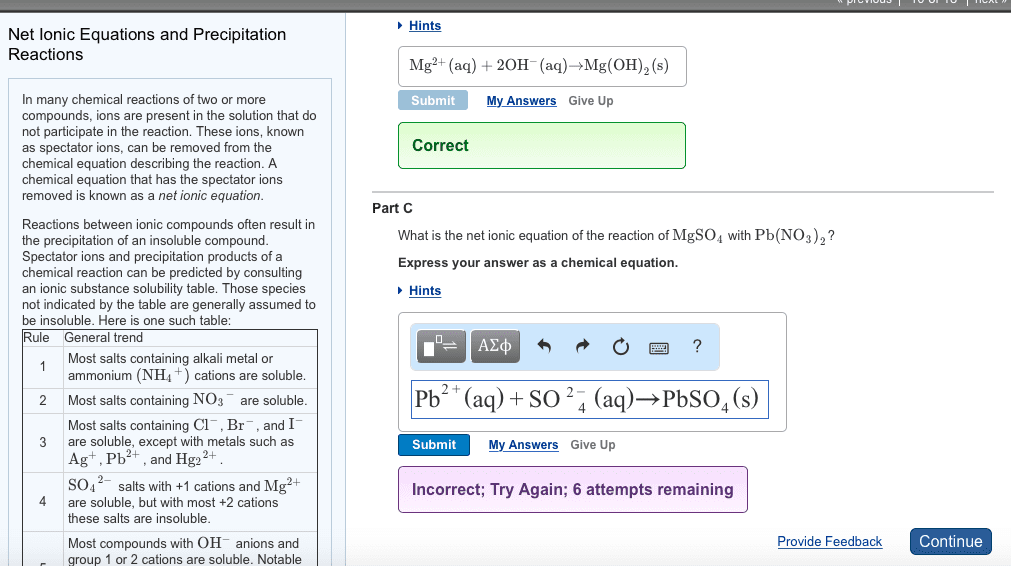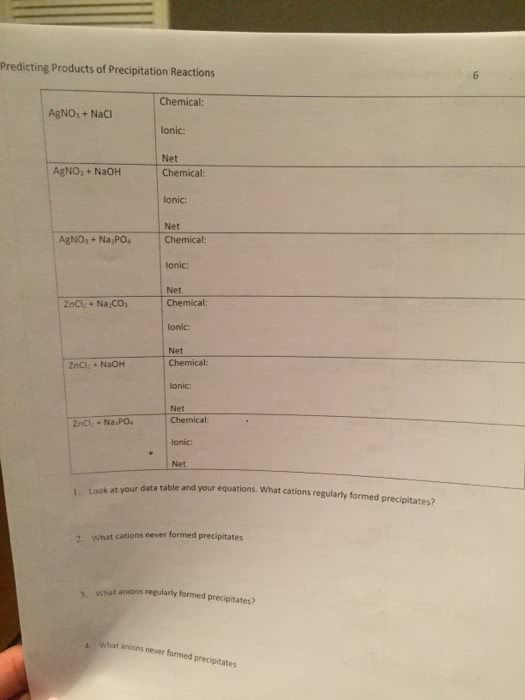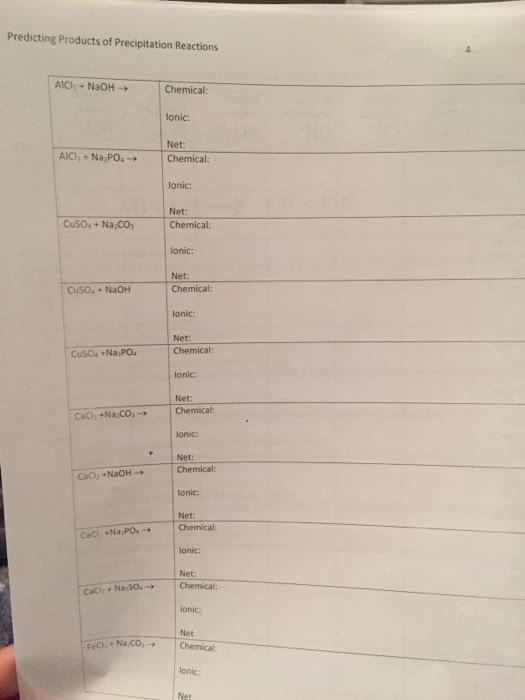CHMA11H3 Chapter Notes - Chapter 1: Acid Rain, Acids In Wine, Nitrogen Dioxide

36
CHMA11H3 Full Course Notes
Verified Note
36 documents
Document Summary
Acid rain is a term used to describe any form of precipitation that comprises of acid components. Acid rain happens when nitrogen oxides and sulfur dioxide nitrogen are discharged into the atmosphere. The nitrogen oxides and sulfur dioxide react with water, oxygen, hydrogen, and other chemicals to produce acids. Condensation then happens, and the acids evaporate into the atmosphere along with water molecules. When precipitation occurs, the acids descends to ground as well as water. One example of the causes of acid rain is the burning of fossil fuels. Researchers have found multiple ways to decrease the sulfur dioxide emissions from fossil fuel burning. One idea is to utilize coal containing less sulfur than the coal that we currently use. Another idea is to clean the coal, to make sure that the sulfur is extracted. Human activity affects acid precipitation in many ways. Most of the acid rain is produced by the human-created burning of fossil fuels.




